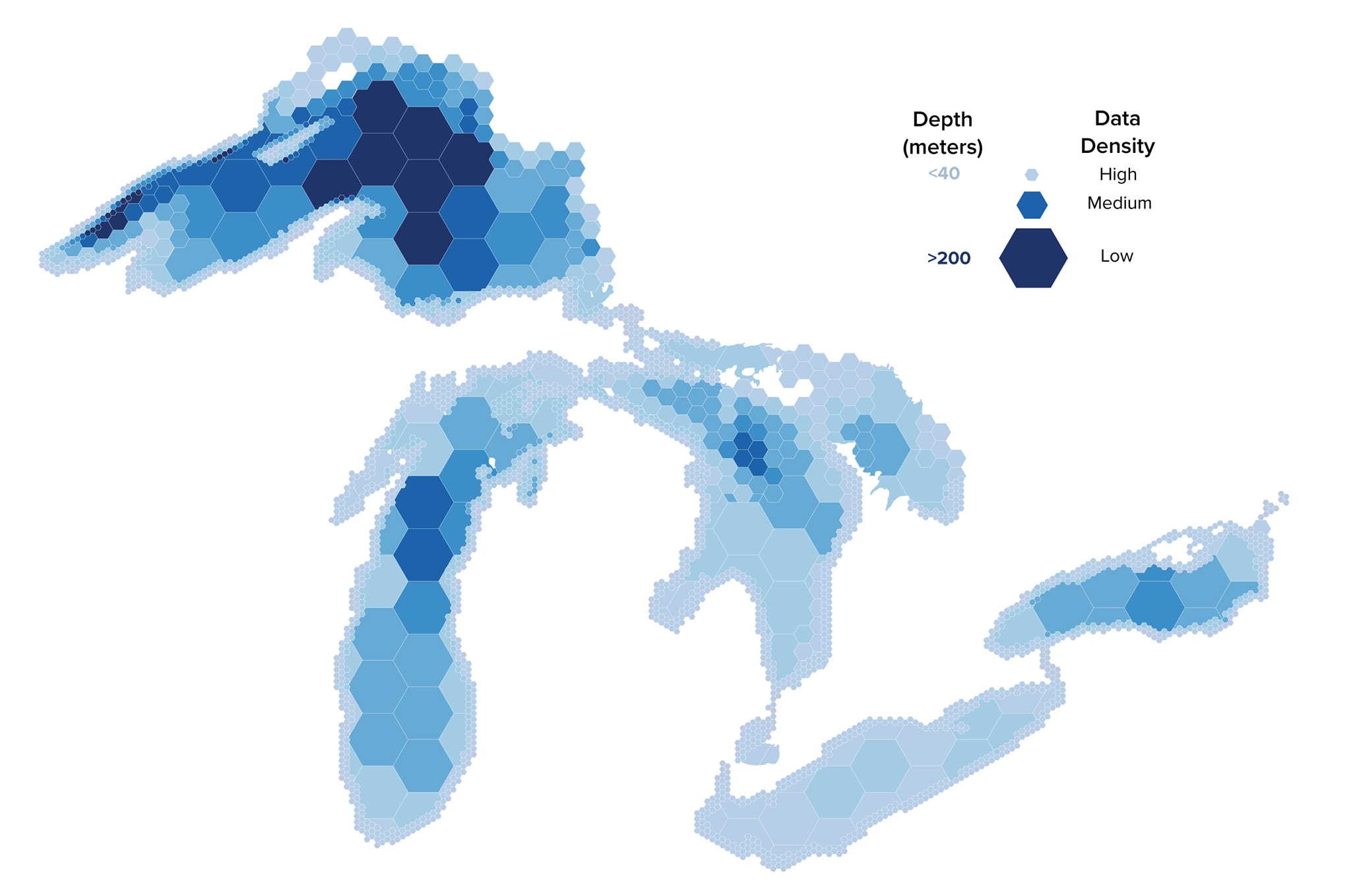A Thunder Bay project on Lake Huron manned by NOAA scientists is just one in a series of projects whose goal is to map the bottom of all five Great Lakes. Named Lakebed 2030, the overall project is supported by a coalition of academic and government organizations in the U.S. and Canada who hope to gain a better knowledge of the lakes, of which less than 15% has currently been mapped at high resolution.
“There’s a lot we really don’t know about the Great Lakes, because our science and management and priority-setting for the region has been based on responding to emergencies as they arise,” said Kelli Paige, chief executive officer of the Great Lakes Observing System, reports Great Lakes Now.
High resolution maps are essential for scientists to document the lakes’ physical characteristics and habitat types, track changes caused by invasive species and climate change, identify the safest shipping channels and uncover submerged artifacts.
The expansive project is predicted to take seven years and cost $200 million, according to a study, but once finished, Lakebed 2030 maps would not only be available to scientists and researchers, they would be open-source — available for boaters, fishers, historians and divers to all use to better explore the Great Lakes.



